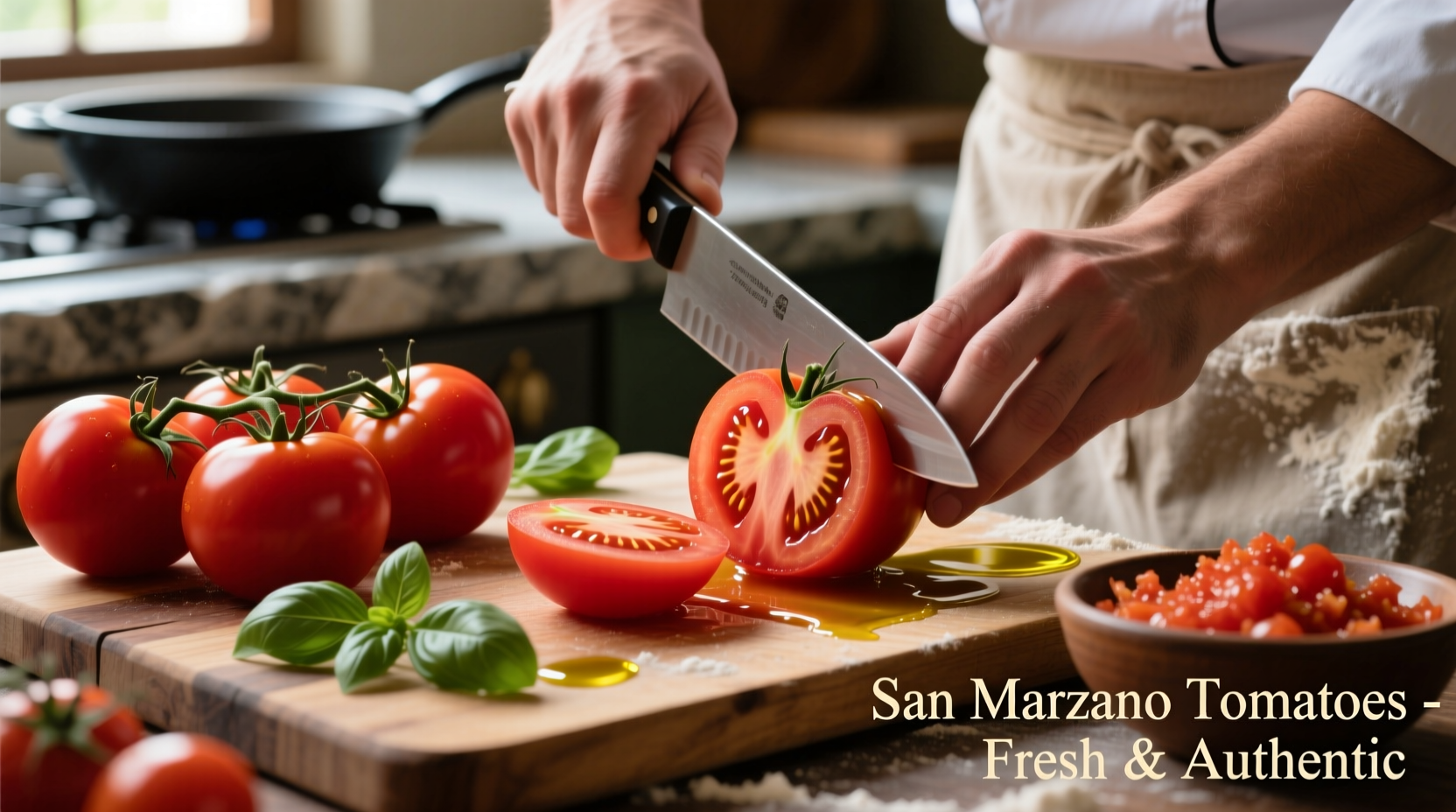When searching for "tomato pizzaria," you're likely looking for pizza places that elevate the humble tomato beyond basic sauce. Unlike standard pizzerias, true tomato-focused establishments treat tomatoes as the star ingredient rather than just a base component. This distinction matters because the quality of tomatoes used directly determines your pizza's flavor profile, acidity balance, and overall authenticity.
What Defines a Genuine Tomato-Focused Pizzeria
Not all pizza places that serve tomato-based pizzas qualify as true tomato pizzerias. The difference lies in their commitment to tomato quality and preparation. Authentic establishments source specific tomato varieties, often directly from Italy's Campania region, and follow traditional processing methods that preserve natural sweetness while minimizing acidity.
According to the Consorzio del Pomodoro San Marzano dell'Agro Sarnese-Nocerino, only tomatoes grown in a specific volcanic soil region of Italy can carry the DOP (Denominazione di Origine Protetta) certification. This geographical indication ensures the tomatoes meet strict quality standards that directly impact pizza flavor. Official DOP certification guidelines require tomatoes to be hand-harvested and processed within hours of picking.
How Tomato Selection Affects Your Pizza Experience
The tomatoes used in pizza sauce aren't interchangeable. Different varieties create dramatically different flavor profiles that affect your entire dining experience. Many pizzerias use generic "pizza sauce" without considering how tomato selection impacts:
- Acidity balance (critical for pairing with cheese and toppings)
- Natural sweetness (reducing need for added sugar)
- Texture after cooking (preventing soggy crust)
- Flavor complexity (adding subtle earthy or fruity notes)
| Tomato Variety | Best For | Flavor Profile | Seasonality |
|---|---|---|---|
| San Marzano DOP | Traditional Neapolitan pizza | Sweet, low acidity, rich umami | July-September (fresh), year-round (canned) |
| Roma | Everyday pizza sauce | Balanced acidity, moderate sweetness | June-October |
| Amish Paste | Thicker sauces, artisanal pizzas | Complex, fruity notes, less watery | August-October |
| Heirloom varieties | Seasonal specialty pizzas | Distinctive flavor profiles (chocolate, citrus notes) | Short summer windows |
Identifying Quality Tomato Pizzerias: A Practical Guide
When evaluating potential tomato pizzerias, look beyond menu descriptions. True tomato specialists demonstrate their commitment through specific practices:
Menu Clues Worth Noting
Examine how the pizzeria describes their tomato offerings. Quality establishments typically specify:
- Tomato variety used ("San Marzano DOP" not just "imported tomatoes")
- Processing method ("hand-crushed," "slow-simmered")
- Seasonal variations ("summer heirloom tomato special")
- Origin information ("sourced from Sarno valley")
The Evolution of Tomato Usage in Pizza
Understanding pizza's tomato timeline helps identify authentic approaches. Tomatoes only became pizza staples in the late 18th century after initial European skepticism about this New World fruit. The Margherita pizza (created 1889) established the tomato-mozzarella-basil color scheme representing the Italian flag. Modern pizzerias following traditional methods maintain techniques developed during pizza's Neapolitan golden age (1880s-1920s), when tomato quality became paramount.
According to historical records from the Associazione Verace Pizza Napoletana, traditional pizzerias use only three tomato preparation methods: fresh crushed for summer pizzas, slow-cooked whole for winter, and preserved in glass for year-round use. Industrial processing methods like high-heat pasteurization or additives indicate lower commitment to authentic tomato flavor.

Seasonality Matters More Than You Think
Many consumers don't realize that tomato quality varies dramatically by season. Authentic tomato pizzerias adjust their offerings based on natural harvest cycles:
- Summer (July-September): Fresh tomato pizzas using locally harvested varieties
- Fall (October-November): Transition to preserved summer tomatoes
- Winter (December-March): High-quality canned San Marzano DOP tomatoes
- Spring (April-June): Lighter tomato preparations as new harvest approaches
The University of California Agriculture and Natural Resources notes that tomatoes harvested at peak ripeness contain up to 30% more lycopene and significantly higher sugar content than off-season varieties. This biochemical difference directly impacts pizza flavor complexity and balance.
Common Tomato Pizza Misconceptions
Several myths persist about tomato usage in pizza that affect your dining experience:
- "All tomato sauces are basically the same" - Different varieties create distinct flavor profiles that pair differently with toppings
- "Canned tomatoes are inferior to fresh" - Properly canned San Marzano DOP tomatoes often surpass out-of-season fresh tomatoes
- "Thicker sauce means better quality" - Authentic Neapolitan pizza uses minimally processed, fluid tomato sauce
- "More herbs mean better flavor" - Traditional tomato-focused pizza highlights the tomato itself with minimal seasoning
Practical Tips for Your Next Pizza Experience
When visiting a pizzeria claiming tomato specialization, use these verification techniques:
- Ask about their specific tomato variety and origin
- Check if they adjust offerings seasonally
- Observe the sauce texture (should be fluid, not thick paste)
- Notice flavor balance (should taste primarily of tomato, not vinegar or sugar)
- Ask about processing methods (minimal cooking preserves flavor)
Remember that authentic tomato-focused pizza doesn't overwhelm with competing flavors. The best examples let high-quality tomatoes shine through with minimal interference. This approach creates a more nuanced dining experience where you can actually taste the terroir of the tomato's origin.











 浙公网安备
33010002000092号
浙公网安备
33010002000092号 浙B2-20120091-4
浙B2-20120091-4